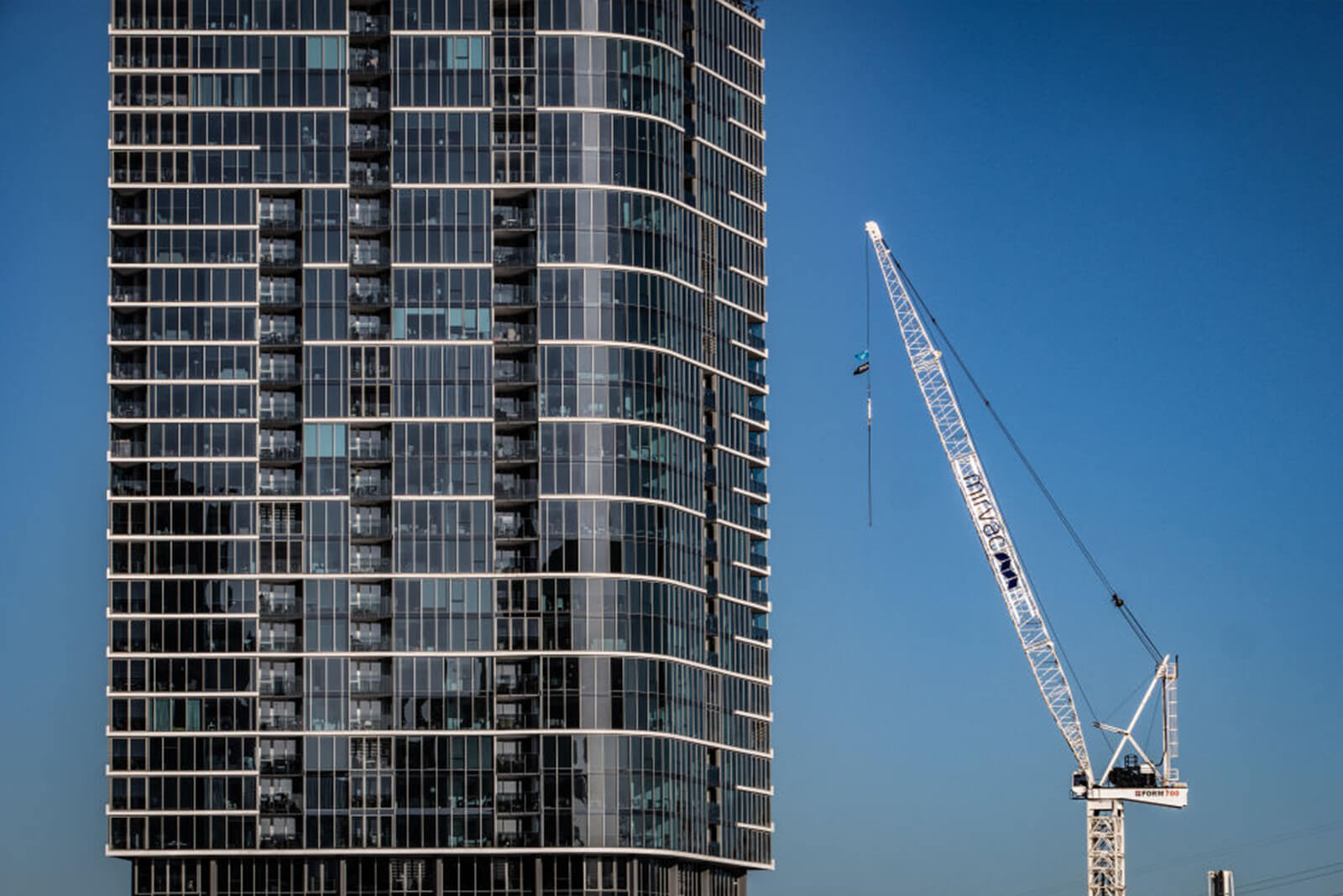Boom, bust or stagnation? Developer Tim Gurner weighs in on the property market debate
September 23, 2019
Lesson number one of university days (one of admittedly not many for me, a terribly restless student) was that prices respond eventually to one fundamental economic concept – supply and demand.
I feel strongly that in today’s environment, our prices and sentiment are influenced less by simple supply and demand fundamentals, but more by the constant state of government and banking regulation and intervention, swinging the proverbial pendulum from go to whoa.
Even I find myself making moves with trepidation, distracted by the hype and white noise. I admit, even with an ear to ground, surrounded by the best minds and intel in the market, it’s genuinely difficult to block out the relentless barrage of “bust” and “over-supply” talk, which has been speculated about daily and even hourly in the past three years.
As developers in one of the most liveable cities in the world, we have to try to ignore the fear-mongering, media beat-ups and agent-hype creating a false sense of the market.
The government, developers, consumers and authorities alike need a reminder to look more closely at the fundamentals of our market, which remain incredibly strong, and resist being distracted by what gets votes or sells papers.
The facts are black and white – our housing market is not oversupplied, but we are over-regulated and under-prepared for our city’s population growth, which shows no signs of slowing. There may be pockets that have been over-developed with the wrong product but, generally, as a city we are under supplied.

Photo taken by: Leigh Henningham
Melbourne is adding 327 people every day with 120,000 last year and 460,000 in the past three years, ABS data shows. It’s also pegged to overtake Sydney to be Australia’s largest city within the next six years.
Meanwhile, the number of abandoned residential projects in Melbourne from December 2017 to December 2018 surged 20-fold from 1743 to 34,126, according to the Urban Development Institute of Australia. The UDIA also shows building approvals have fallen 20 per cent year-on-year for two consecutive years as the planning system, Australian Prudential Regulation Authority, the royal commission, banking system and Foreign Investment Review Board buyer policy – just to name a few – make development less and less attractive, and for many unviable.
Vacancy rates are at record lows of 1.8 per cent according to SQM Research – objectively a rental crisis causing rents to increase at over 2.1 per cent per annum, which can only jump further in coming years as supply dries up. For comparison, a 3 per cent vacancy rate is considered a stable market.
Simply put, when you ignore the hype and look at lesson number one, we are not creating enough dwellings to sustain the perpetual demand from population growth.
The Victorian budget and economy relies heavily on the property industry, with over 44 per cent of state budget revenue derived from the property industry and over 24 per cent from stamp duty alone.
A downturn in the property market caused by a too-sharp policy intervention has massive implications for jobs and the overall economy.
Only three months ago the Victorian government finally acknowledged a $5.2 billion hole in its budget due to decreased stamp duty revenue. The solution?
a) Impose stamp duty on developers under development agreements, creating yet another barrier to supply and further increasing prices for purchasers; and
b) Further increase FIRB taxes, despite foreign sales virtually stopping completely following the questionable policy of removing off-the-plan stamp duty concessions and restricting lending to FIRB buyers.
I stand by my comments made to the Australian Financial Review back in May, that reductions to interest rates (even down to 0 per cent) alone will not fully revive and restore confidence in the property market. Until liquidity in the debt market is re-opened, barriers to supply will continue to harm the economy and fail to adequately prepare our great city for further population growth.
That said, it appears APRA and the banks are finally taking notice and appear to be in agreement that credit restrictions must be loosened, and quickly. The question is whether “quickly” is soon enough to open supply back up before we head towards a serious rental crisis that forces up rents and, in turn, prices.
However, all of this means nothing if we do have a global crisis or recession created by Trump, China, Brexit, Europe or any other macro factors at play currently, which would put huge pressure on our finance and the banking system. This is a great time to be carefully scouring the market for great opportunities.
Tim Gurner is owner of GURNER™.
Source: https://www.domain.com.au/news/boom-bust-or-stagnation-developer-tim-gurner-weighs-in-877520/